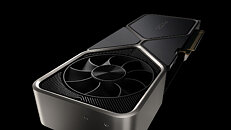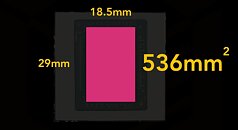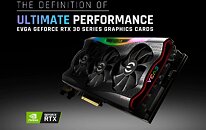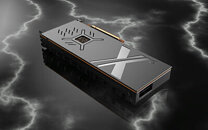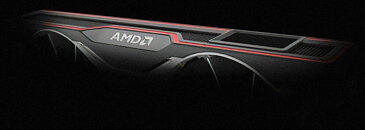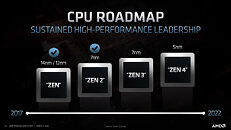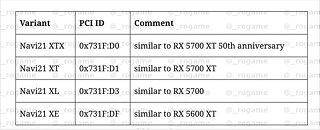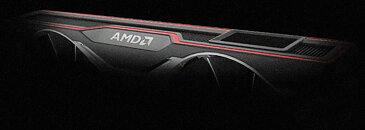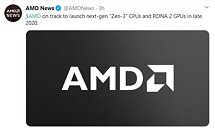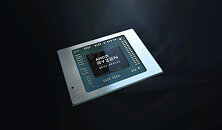
AMD Radeon RX 6000 "Big Navi" RDNA2 Graphics Card Launch Liveblog
After thoroughly appetizing us with its "Where Gaming Begins: Episode 1" event announcing the Ryzen 5000 series "Zen 3" processors that offer up to 19% IPC gains, in the second Episode, we see the company announcing its next-generation Radeon RX 6000 "Big Navi" graphics cards based on the RDNA2 graphics architecture that introduce full DirectX 12 Ultimate readiness, including real-time raytracing hardware. In the run up to the RX 6000, NVIDIA is already reportedly preparing product-stack updates. In this liveblog, we uncover what has NVIDIA riled up, and whether AMD can pull off better pricing and availbility than the RTX 30-series.Update 15:59 UTC: It is time! Welcome to the Radeon RX 6000 Series live blog.Update 16:01 UTC: AMD CEO Dr Lisa Su takes centerstage, fresh off a good quarterly results announcement, and that big Xilinx acquisition announcement.




